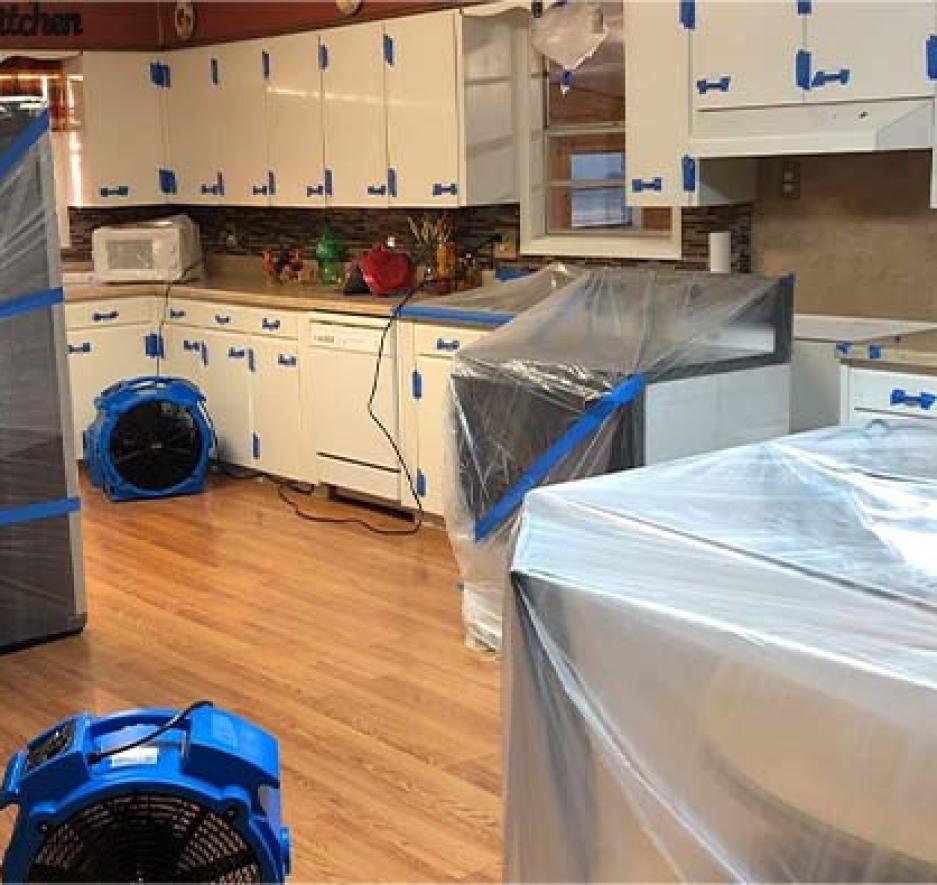Vital Actions for Efficient Water Damages Repair in Your Home
Water damages in your home can be a distressing event that requires instant attention and methodical restoration. When encountered with water damage, recognizing the important actions to take can make a significant distinction in the outcome of the repair procedure.
Determine the Water Damages Source

To determine the water damages source, start by aesthetically examining your residential or commercial property for any type of noticeable signs of water leak or merging. Check areas vulnerable to water damage such as cellars, attic rooms, and around plumbing fixtures. Use devices like dampness meters to spot concealed water accumulation within walls or ceilings. It is additionally advisable to evaluate your home's upkeep documents to determine any previous problems that might have added to the present water damage.
In cases where the source of water damage is not instantly obvious, talking to a specialist water damages repair business can offer competence in situating and dealing with the underlying cause properly. Promptly determining and resolving the water damages resource is crucial in lessening the level of damages and guaranteeing a successful restoration procedure.

Remove Excess Water
To effectively alleviate water damages in your house, timely removal of excess water is important to stop additional structural damage and mold growth. The primary step in removing excess water is to identify the resource and quit the water from getting in the residential or commercial property. Once the source is regulated, start removing standing water utilizing specific equipment such as water pumps, wet/dry vacuum cleaners, and dehumidifiers. It is crucial to act quickly, as stationary water can leak into walls, floorings, and furnishings, triggering irreversible damage. Beginning by concentrating on the most affected locations and progressively work towards drying the entire space.
When removing excess water, focus on safety and security by ensuring that power is shut off in flooded locations to stop electric hazards. In addition, wear protective gear such as gloves and boots to lessen contact with polluted water. Be comprehensive in the removal process, as also percentages of wetness left behind can lead to mold and mildew growth and compromise the architectural integrity of your home. By without delay removing excess water, you can considerably minimize the level of water damage and recover your home to its pre-damaged problem.
Dry Out Affected Areas
Motivate elimination of excess water establishes the structure for the following essential action in water damages repair: drying the impacted locations completely. When the standing water has been drawn out, the focus moves to drying out the space entirely to stop further damages and mold and mildew development.

Moreover, using specific equipment like moisture meters can aid in determining concealed pockets of wetness within walls or floor covering, ensuring a thorough drying out technique. It is important to keep track of the drying out progression routinely to avoid any kind of obstacles or potential mold and mildew problems.
In situations of extensive water damages, seeking professional aid from water damage reconstruction professionals is recommended to make certain complete drying and prevent long-lasting structural concerns. Keep in from this source mind, complete drying out is essential to effective water damage restoration and protecting against future difficulties.
Clean and Disinfect
After drying out the affected areas, it is important to clean all surfaces with soap and water. Making use of EPA-approved disinfectants can aid in neutralizing possible wellness threats present in standing water or moisture-soaked materials.
When cleansing and disinfecting, it is crucial to wear appropriate protective gear such as gloves, masks, and goggles to safeguard yourself from any hazardous compounds. Pay special attention to areas that are typically forgotten, such as surprise edges, wall surface tooth cavities, and under floor covering, as they can harbor moisture and bacteria, leading to mold growth and foul smells if left neglected.
Repair Work and Bring Back Damaged Locations
After finishing the cleaning and disinfection process, the next essential step in water damages repair is to repair and restore the harmed locations in your home. Once the influenced locations have actually been completely cleaned and disinfected, it is important to analyze the degree of the damage to establish what repair investigate this site services are required. This might involve dealing with architectural damage, changing drywall, repairing floor covering, or bring back damaged furnishings and personal belongings.
It is crucial to deal with water damages without delay to stop further concerns such as mold development or structural deterioration. Employing professional service providers or remediation experts can ensure that repair services are done correctly and successfully. They have the expertise and devices to handle water damage reconstruction efficiently.
When fixing and restoring damaged locations, it is vital to use high quality products that are immune to water damage to avoid future issues. Furthermore, making certain proper ventilation and dampness control in the brought back locations can aid prevent mold development and keep a healthy indoor atmosphere. By resolving water damages immediately and effectively repairing and recovering harmed locations, you can ensure the long-term security and honesty of your home.
Conclusion
In conclusion, efficient water damages reconstruction in your home requires determining the source of the damage, eliminating excess water, drying influenced locations, cleansing and disinfecting, and repairing damaged areas. By following these look at this site essential steps, you can reduce the influence of water damage and restore your home to its pre-damaged condition. It is vital to act immediately and thoroughly to avoid more damage and ensure a risk-free and healthy living atmosphere.